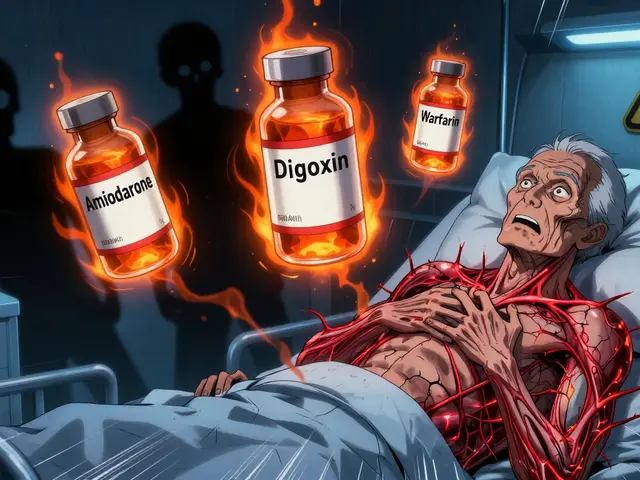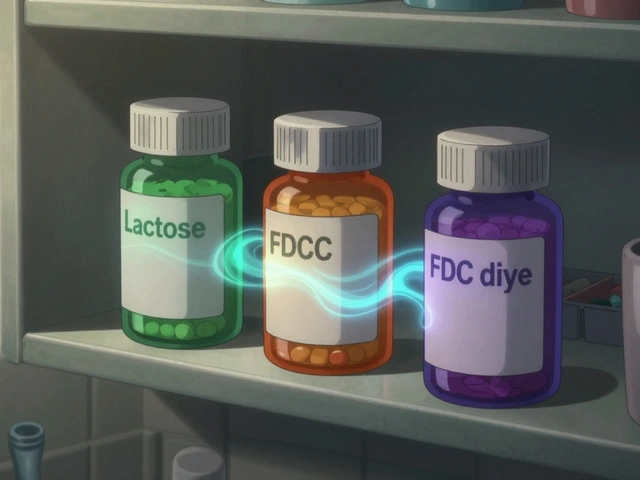Cyclic Vomiting Syndrome (CVS): What You Need to Know
Cyclic vomiting syndrome (CVS) causes repeated, intense vomiting attacks that start suddenly and can last for hours or days. Between episodes people usually feel fine, which makes CVS confusing and scary. If you or someone you care for has the same pattern of vomiting over and over, reading this can help you spot common signs, figure out triggers, and find practical ways to get relief fast.
Symptoms & Triggers
CVS has a clear pattern: sudden nausea, violent vomiting, stomach pain, and sometimes headache or low-grade fever. Attacks often follow the same timeline for a person—same length and similar warning signs. Kids may look pale and tired; adults may have severe dehydration from repeated vomiting.
Common triggers include: lack of sleep, stress, infections, strong smells, certain foods (like chocolate or cheese for some people), motion sickness, and hormonal changes in women. A family history of migraine is common in people with CVS, and some patients respond to migraine medicines.
Diagnosis, Treatment & When to Seek Help
Doctors diagnose CVS by pattern: repeated, stereotyped attacks with normal periods between them. They’ll first rule out other causes with simple tests (blood work, urine tests) and sometimes imaging if needed. A careful history—what happens before, during, and after attacks—matters more than any single test.
Treatment has two parts: managing attacks and preventing them. During an attack the goal is to stop vomiting and rehydrate. Anti-nausea meds (like ondansetron), anti-anxiety drugs, and IV fluids help in a clinic or ER. For prevention, doctors may try low-dose amitriptyline, propranolol, cyproheptadine (in kids), or migraine meds like triptans—choices depend on age and other health issues. Some people benefit from stopping trigger foods, improving sleep, and using regular stress reduction techniques.
Know when to get urgent care: signs of severe dehydration (very low urine output, dizziness, fast heartbeat), blood in vomit, severe abdominal pain that won’t ease, confusion, or fainting. If attacks are getting worse or new symptoms appear, contact your doctor promptly.
Practical tips you can use today: keep a simple diary of attacks to spot triggers; sip clear fluids with electrolytes early; avoid large meals before bedtime; use a cool, quiet room during an attack; and carry an emergency plan for school or work. If a medication helped once, write it down—what helped and what didn’t—to share with your clinician.
CVS can be managed. It often takes time to find the right mix of prevention and fast-attack care, but many people see fewer and milder episodes once triggers are known and treatment is tailored. Ask your healthcare provider for a clear plan you can follow when an attack starts.

How Cyproheptadine Can Help Treat Cyclic Vomiting Syndrome
In my recent deep dive into the world of pharmaceuticals, I stumbled upon a real hidden gem. It's called Cyproheptadine and it's more than just a tongue twister. This mighty little pill is taking the reins in the fight against Cyclic Vomiting Syndrome (CVS). Picture this, your body decides to have a not-so-fun rollercoaster ride of nausea and vomiting and Cyproheptadine swoops in like a superhero to save the day! So, if you or someone you know is battling with CVS, it might be time to give this wonder drug a whirl, your stomach will thank you!
Detail



